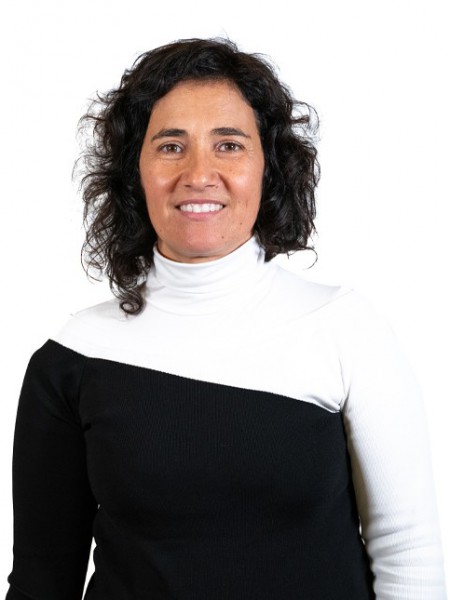abstract
Nowadays, CO2/CH4 separation is considered extremely important with respect to making biogas economically viable. The search for efficient materials for biogas upgrading is at the cutting edge of research in the field of energy. Periodic mesoporous organosilicas (PMO) are highly suitable for application as selective adsorbents for CO2 as they have concomitant high specific surface areas and tunable surface properties. Herein, we describe the tuning of the surface properties of phenylene-PMO using atomic layer deposition (ALD) to add active aluminium species to the walls of these organic-inorganic hybrid materials. Modification with aluminium oxide was attained by varying the numbers of deposition cycles (from 2 to 100 cycles). A clear correlation between the amount of aluminium attached to PMO and the number of deposition cycles is observed. Consequently, an increase in the number of deposition cycles resulted in a reduction of the specific surface area and the pore volume of the PMO material. Variation of the number of deposition cycles to modify the surface of the PMOs yields composite materials with aluminium sites having different local coordination but the meso-and molecular-scale periodicity orders of the parent PMO remain intact. Adsorption results indicate that high selectivity for CO2/CH4 separation is obtained when pentacoordinated (Al-V) and tetrahedral (Al-IV) aluminium oxide are present in the PMO.
keywords
METAL-ORGANIC FRAMEWORK; CARBON-DIOXIDE; PHENYLENE-SILICA; POROUS MATERIALS; LANDFILL GAS; CO2 CAPTURE; ADSORPTION; PERFORMANCE; FUNCTIONALIZATION; ZEOLITES
subject category
Chemistry; Energy & Fuels; Materials Science
authors
Lourenco, MAO; Silva, RM; Silva, RF; Pinna, N; Pronier, S; Pires, J; Gomes, JRB; Pintof, ML; Ferreira, P
our authors
Groups
G1 - Porous Materials and Nanosystems
G2 - Photonic, Electronic and Magnetic Materials
G3 - Electrochemical Materials, Interfaces and Coatings
G6 - Virtual Materials and Artificial Intelligence
Projects
CICECO - Aveiro Institute of Materials (UID/CTM/50011/2013)
Nanoporous materials as multiple therapeutic agents (IF/00993/2012/CP0172/CT0013)
acknowledgements
Authors are grateful to the Fundacao para a Ciencia e a Tecnologia (FCT), the Fundo Europeu de Desenvolvimento Regional (FEDER), the QREN-COMPETE, and the European Union. This study was developed in the scope of the projects CICECO Aveiro Institute of Materials, CERENA and CQB (FCT UID/CTM/50011/2013, UID/MULTI/00612/2013, UID/ECI/04028/2013, respectively), financed by national funds through the FCT/MEC and co-financed by FEDER under the PT2020 partnership agreement. PF, JRBG and MLP acknowledge the Investigador FCT program. FCT is also acknowledged by MLP for project IF/00993/2012/CP0172/CT0013 and by MAOL and RMS for the PhD grants with references SFRH/BD/80883/2011 and SFRH/BD/90844/2012, respectively. This work is included in a collaborative project framed in the European MP1202: HINT COST action.






